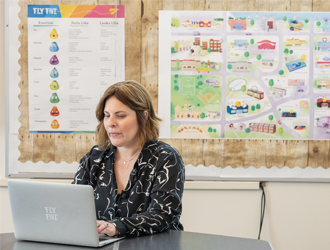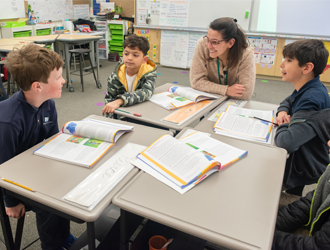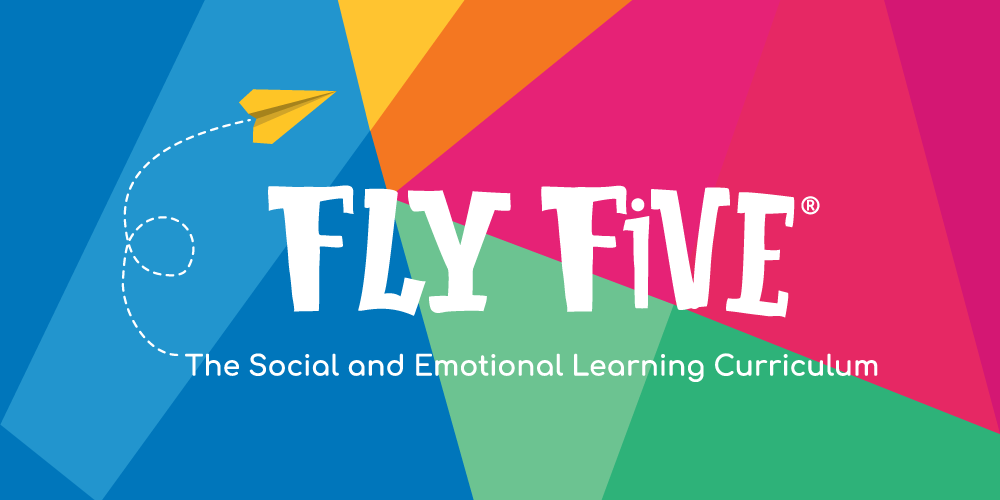How to Foster Student Autonomy In the Classroom

Cultivating student autonomy in the classroom begins with student-teacher relationships. Offering ways to build on student independence can engage their intrinsic motivation, which encourages learners to explore areas that are more interesting to them (McCombs, B., 2010). When we allow students to work with their peers to answer questions that pique their curiosity, we’re continuing to build trust. Research shows that there are four common elements to building autonomy, agency and situational motivation (Schwartz, K., 2019):
- Choice— Oftentimes, we are more interested in what we get to choose. This can be as simple as allowing students to choose a spot to read in, incorporating students' interests in learning exercises or acknowledging their suggestions in class.
- Challenge— Challenging work is compelling. Students become more engaged when faced with appropriate challenges in class, but it can be difficult to decide what is too much. While working on tough assignments, remember that students benefit greatly from asking questions and studying the work.
- Collaboration— Being able to work as a team is a skill that will follow students for the rest of their lives. Allowing students to work together to achieve learning goals will encourage learners to be open to others opinions, and how to agree or disagree respectfully. This can also apply to sharing your own stories about experiences with personal autonomy.
- Control— When students take ownership over their own learning, they are more likely to be engaged. Personal autonomy and self control can provide students with the ability to identify how achieving their goals relates back to their efforts and abilities.
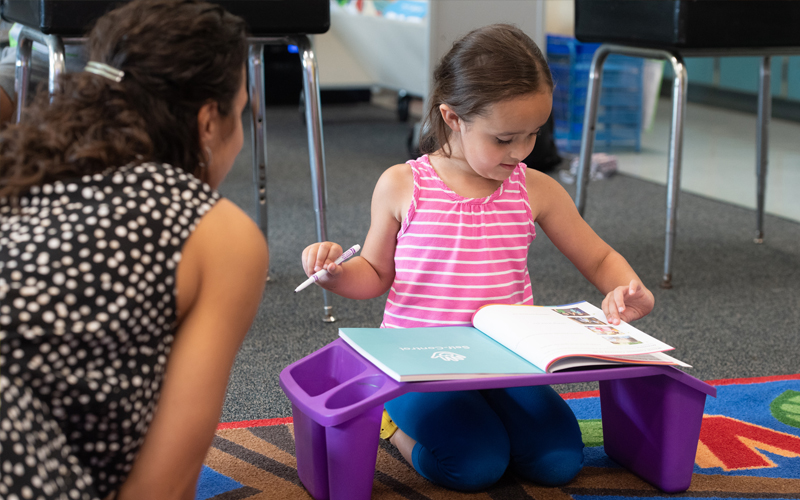
What Does Autonomy Look and Sound Like?
Working towards personal autonomy can look different as we develop. Advocating for students and empowering them to be vocal about their questions at any age, can lead to all students learning respectfully. Teachers can also work towards their own personal autonomy in the classroom, by intentionally responding to students' suggestions and acknowledging ideas. If a teacher isn’t available, keeping resource files for routine behavior (like an iPad getting stuck), either digitally or in a physical folder, will help increase self-help processes. (Hockett,. K 2017). Consider how different age groups work towards building autonomy and foster independence and decision making in the classroom:
Personal Autonomy in the K-2 Classroom
K-2 students may need more help targeting and building upon personal autonomy. Teachers can begin by offering a few options for an activity that can grow into more independence as the year progresses. Foster autonomy for primary students in these ways:
- Students discussing activity choices for an upcoming assignment.
- Exploring books in the library that they can read and share with their peers in any creative format, from drawing a picture to verbally expressing what they liked or did not like about their book of choice.
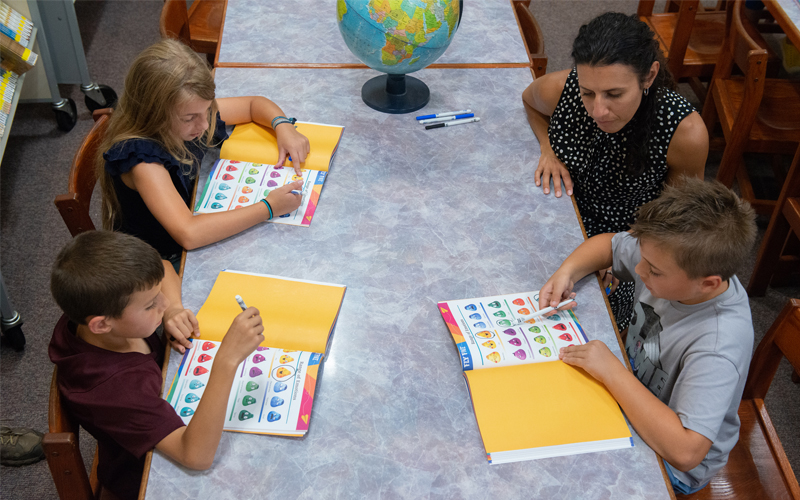
Personal Autonomy in the 3-5 Classroom
By using students' interests in the classroom, they can build upon their own personal learning goals. For 3-5 students, examine how to engage through journaling and reflecting on their choices, drawing, or writing down quotes and questions from other students:
- Keeping a log of new vocabulary they encounter inside and outside the classroom.
- Giving students time to explore their mistakes before the teacher helps them find a solution.

Personal Autonomy in the 6-8 Classroom
Giving students more freedom to choose their own style of learning and research can play to their strengths. When reflecting on their learning environments 6-8 students may feel more open and honest about what works for them and what doesn’t:
- Freedom to research a variety of topics in a way that they prefer.
- Students sharing their thoughts on how to improve their school/classroom environment.
Encouraging personal autonomy starts small. Students who feel in control over their education will build gradually over time with teacher support and experiential learning. Creating and modeling personal autonomy won’t happen immediately, but with time and practice students will be better prepared to help themselves.
Resources:
McCombs, B. (2010) Developing Responsible and Autonomous Learners: A Key to Motivating Students. American Psychological
Doubet, K. Hockett, J (2017) 6 Strategies for Promoting Student Autonomy. Edutopia. https://www.edutopia.org/article/6-strategies-promoting-student-autonomy
Schwartz, K. (2019) Four Research-Based Strategies to Ignite Intrinsic Motivation In Students. KQED. https://www.kqed.org/mindshift/53426/four-research-based-strategies-to-ignite-intrinsic-motivation-in-students



